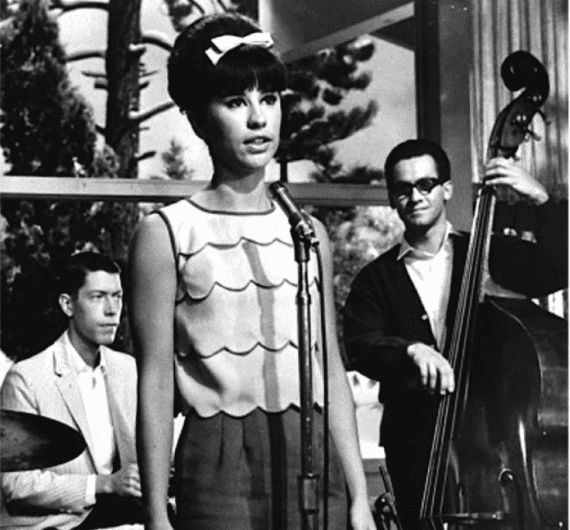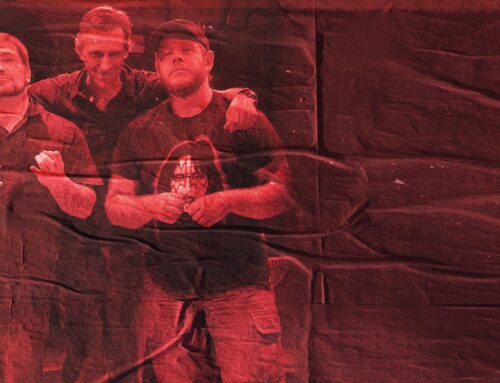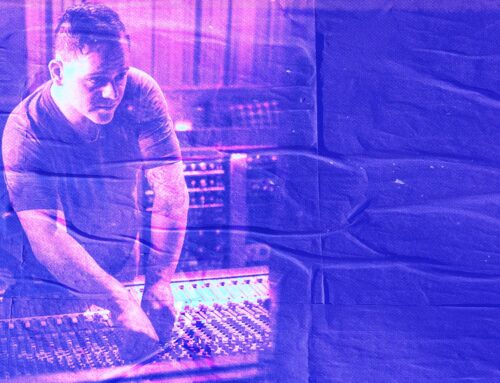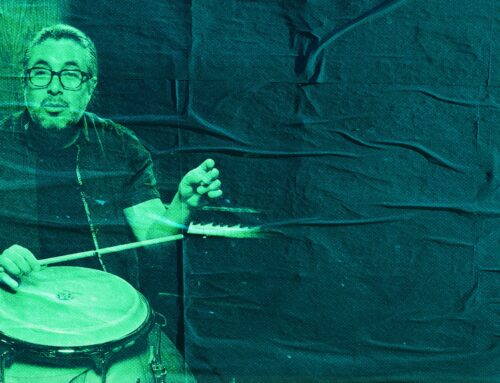While useful in explaining a wide variety of music in a few keywords, genres can often be reductive of the diverse styles and rhythms that exist today, especially as genre lines continue to blur in contemporary music. Perhaps one of the most generalized genres in music is “Latin Jazz”. Spanning Afro-Caribbean, Central and South American cultures, there’s no way one style of music could ever be uniform across 20+ countries, each with their own unique rhythms, instruments, dialects, surroundings, and cultures. Today, let’s take a closer look at Latin Jazz, and focus on just a few of the many diverse styles found within those two words.
If you’d like to learn more about the rich and diverse roots of Latin Jazz firsthand from some of the biggest names in their styles, you can join our incredible In-Person Workshop: Explorations in Latin Jazz! Join a group of Grammy/Latin-Grammy Award winning musicians in an exciting opportunity to work one-on-one with the pros and also play in an ensemble to meet other NYC Musicians!
One of the most prominent influences in Latin Jazz comes from the extremely musical culture of Cuba. Specifically, song forms like the Son and the Rhumba play integral roles in the formation of Latin Jazz as the traditional instruments of the island met the American music of Jazz in the 20th century. Rooted in African rhythmic origins, specifically the Bantu cultures from Africa, the Son Cubano is a style of music and dance that blossomed on the island with the arrival of these cultures.
One of the most important features of this sound included the clave — the instrument that keeps the signature, syncopated 5 note rhythmic pattern over what was forming into 3-5 piece bands with guitars, trumpets, congas, piano, and singers creating a cavalcade of beautiful rhythms interlocking into the perfect dance music for the time from its earliest recordings in the 1910’s. Son Cubano would eventually catch the ear of America, Puerto Rico, and even make its way back to Africa, to influence and blend with other styles of music around the world.
Rhumba is another Afro-Cuban folk-dance with an insistent syncopation that, when reaching the East coast of America in the 1930’s, began to change shape into a type of ballroom dance leading to the boom of Jazz fusions with Cuban Music like Salsa, and some of the Latin Jazz we hear today. While these styles of music evolved into other hybrids on their own as well in Cuba, their innovations were often brought into the Jazz world as well.
Another vital culture to the world of Latin Jazz is Brazil. To this day music is so integral to the culture in Brazil that despite the fluctuating value of Brazil’s currency, their music industries are one of the largest on earth, last recorded in 2018 at almost 300 million USD in total revenue. Two of the most important Brazilian styles to Latin Jazz are Bossa Nova and The Samba.
Samba is an important and historic musical tradition being one of the national symbols of Brazil, is also African in origin rhythmically, blending with the wide creole of musical histories from Hispanic and European cultures that merged into Brazil as traditions combined around the early days of Rio De Janeiro in the 20th century. The word Samba originates to mean “Popular Dance” but soon developed into a specific circle/communal gathering song style and dance involving a rhythmic pattern of hard-swung 4 on the floor esque patterns where the 2nd note lands 1/8th early of the down beat 3. It’s a beautiful, exciting style of music and dance that was extremely influential on Jazz when it arrived in the United States, continuing to blend with the other amazing styles encapsulated under the moniker of Latin Jazz.
These two combining would create a Bossa Nova or “New Trend” that came from Jazz elements altering the traditional harmonic structures, tempo and rhythm of the Samba toward the 1950s and 1960s. You can hear a great example of Bossa Nova from the legendary Astrud Gilberto below!
There are countless other incredible forms of music under the blanket term “Latin Jazz”, each rooted in their own exciting and rich cultures and unique histories building behind them and evolving every day. There is a lot to listen to, so be sure to have an open ear and explore! If you’d like to have a guiding force behind your explorations and learn the diverse and incredible rhythms, sounds, techniques, and great fun to be had in creating Latin Jazz, be sure to enroll in our “Explorations in Latin Jazz” course as well to learn from the best in the genre and meet other NYC Musicians!






